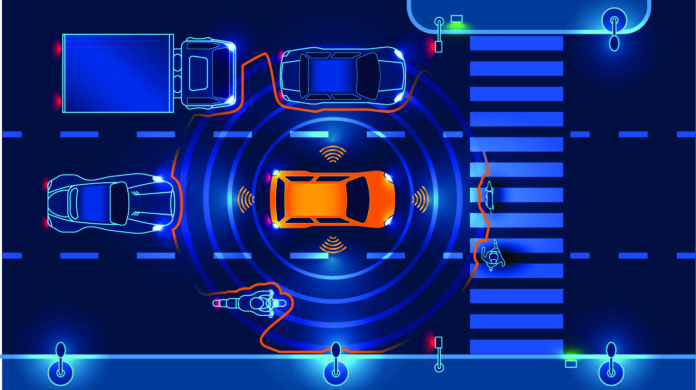Scientists at the Stanford University have invented a new type of the AI camera that can classify images faster and more energy efficient. This camera is expected to get installed on the devices themselves, something that is impossible currently.
Scientists developed a technology by marrying two kinds of computers into one, making a mixture of optical-electrical computer composed particularly for image analysis.
The use of optical computer enables technology to do not use power-intensive mathematics of digital computing. It operates by physically preprocessing image data, filtering it in multiple ways that an electronic computer would otherwise have to do mathematically.
On the other hand, the second layer is a traditional digital electronic computer. Scientists additionally have outsourced some of the math of artificial intelligence into the optics.
The outcome is significantly fewer estimations, fewer calls to memory and far less time to finish the procedure. Having jumped these preprocessing steps, the rest of the investigation continues to the computerized computer layer with a significant head begin.
In terms of speed and precision, the system competes with existing electronic-only computing processors, but with substantial computational cost savings. Scientists noted that the system can one day be miniaturized to fit in a handheld video camera or an aerial drone.
Scientists now presently taking a gander at approaches to influence the optical part to do much a greater amount of the preprocessing. In the long run, their small, faster technology could supplant the trunk-size computers that presently encourage cars, drones, and different advances figure out how to perceive their general surroundings.
Other co-authors include Stanford doctoral candidate Vincent Sitzmann and two researchers from King Abdullah University of Science and Technology, Saudi Arabia.
The work was published in the August 17 Nature Scientific Reports.
